These devices are quite lightweight but do a lot for a long trek.
The following equipment will be a useful companion for you
1. GPS Tracklog
Tracklog is a device that uses GPS positioning from satellites to locate in geographic coordinates. The device will record the coordinates, time points you have been through, in case of dislocation, you can still return to the original position.
In addition to trekking trails, there will be many pre-assembled groups, marking landmarks, maps, and file-types with the GPX extension. You just view the review of the road, select the most common map file to download to your tracklog device.
It's best to keep the coordinates of the neighborhood, water source, or dangerous places around your trek. If you get stuck, you can go to or avoid the selected locations.
Note, you need to learn how to best control your GPS device, try to master all its features. Also, ensure that the battery is fully charged before starting the journey.

2. Super-durable phones
Some ultra-durable phones today are designed to meet the needs of users. The appearance of these models is quite pitiful to prevent water damage. Besides, the battery life of this smartphone is quite impressive, usually over 4 days, enough for users to have a trekking trip over 80 km.
In addition to hardware, the phone is also equipped with technologies such as temperature sensors, footprints, altitude, humidity, pressure, compass, and GPS. Some models also have small LEDs. serving lighting needs.

3. Power bank - batteries
To use technology equipment, energy is a prerequisite. A 20,000 mAh backup battery can satisfy most of your basic needs such as charging your phone for 2-3 days.
In addition, if equipped with LED lights, your spare battery can serve the needs of the lighting. Practical with 5000 mAh, the LED bar can operate for 24 hours continuously.
If the trip lasts too many days, the solar charger can be the thing you'll need to constantly maintain the energy. However, this charger is not capable of storing electricity so you need to combine it with a spare battery to use.

4. Flashlight
From 6 pm, trekking groups often restrict movement in the danger area due to lack of light. But even when stopped, the need for lighting is still very necessary. In addition to burning fire, a flashlight is an indispensable item.
There are many types of flashlights from one type of battery, rechargeable batteries to the type of solar energy. However, trekking people choose to use a rechargeable, rechargeable, rechargeable, easy-to-replace, rechargeable battery.
When using a nighttime flashlight, it is advised to avoid the dew-wet bulb causing performance problems. Be prepared on two lights, one large handheld, and one small headlamp. If moving for extended periods of time, there should be a plan to prepare, use the lamp effectively, avoid the battery exhaust.

5. Offline maps application
Today's smartphones have good GPS capabilities with errors of less than 10 meters. If trekking on the roads is not too dangerous, using the phone to download the route is quite feasible. Maps. I am a legitimate offline map application in this case.
Maps.me is the most comprehensive offline map application today.
Users only need to pre-load the country map that they will be visiting for the first time. The application is quite intuitive, simple, including night mode to reduce screen brightness.
However, the use of a smartphone to track the route is quite a battery, users should note the preparation of energy before the journey.
6. Smart clock
If you just take the phone to see the route that makes you uncomfortable, the smartwatch is the alternative. Most intelligent clocks will connect to the mobile to locate.
However, some other types have the ability to operate independently of the heart rate monitor, GPS, tracklog, altitude sensor, pressure, temperature ... and impressive battery life.

7. Walkie - Talkie
In a trekking group, people often move in line with the head of the delegation. If the delegation is too long, communication between members is quite difficult. At this moment the radio works, keeping in touch with the team. If the cost of the trip is quite limited, the user can rent the radio instead of buying.
Walkie talkies are worth the investment.
If the number of members over 10 can be divided into small groups. Each team has 2-4 members, the leader will keep the radio to communicate well with the team. Radios are used to communicate information such as attendance, travel, stop, speed, slow ...

8. Action Camera
This is not really a survival device for you. However, in case you get lost, it is important to leave something to your teammates. At that time, the journey camera is probably the most informative information about you so that your teammates can find out.

Read more,



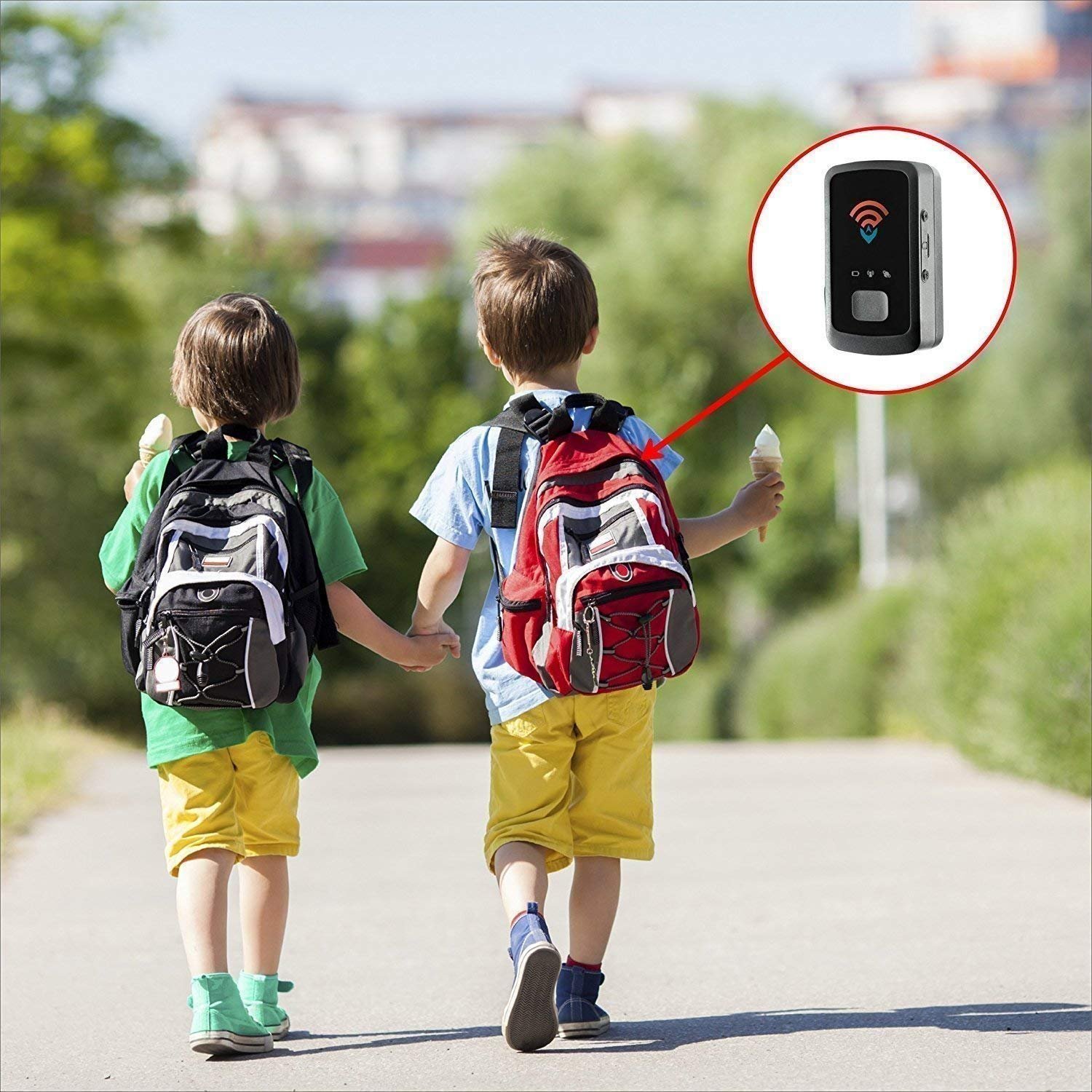
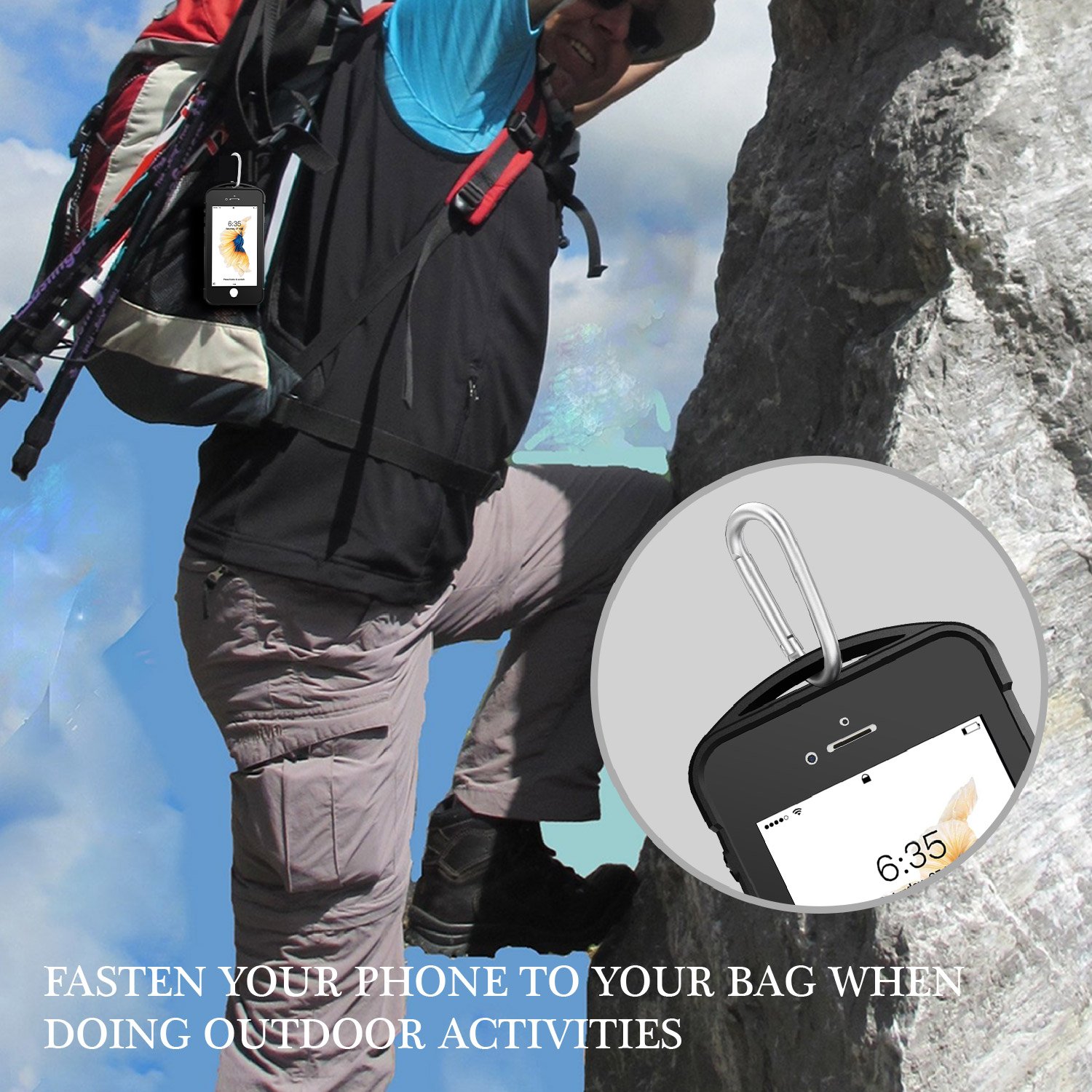
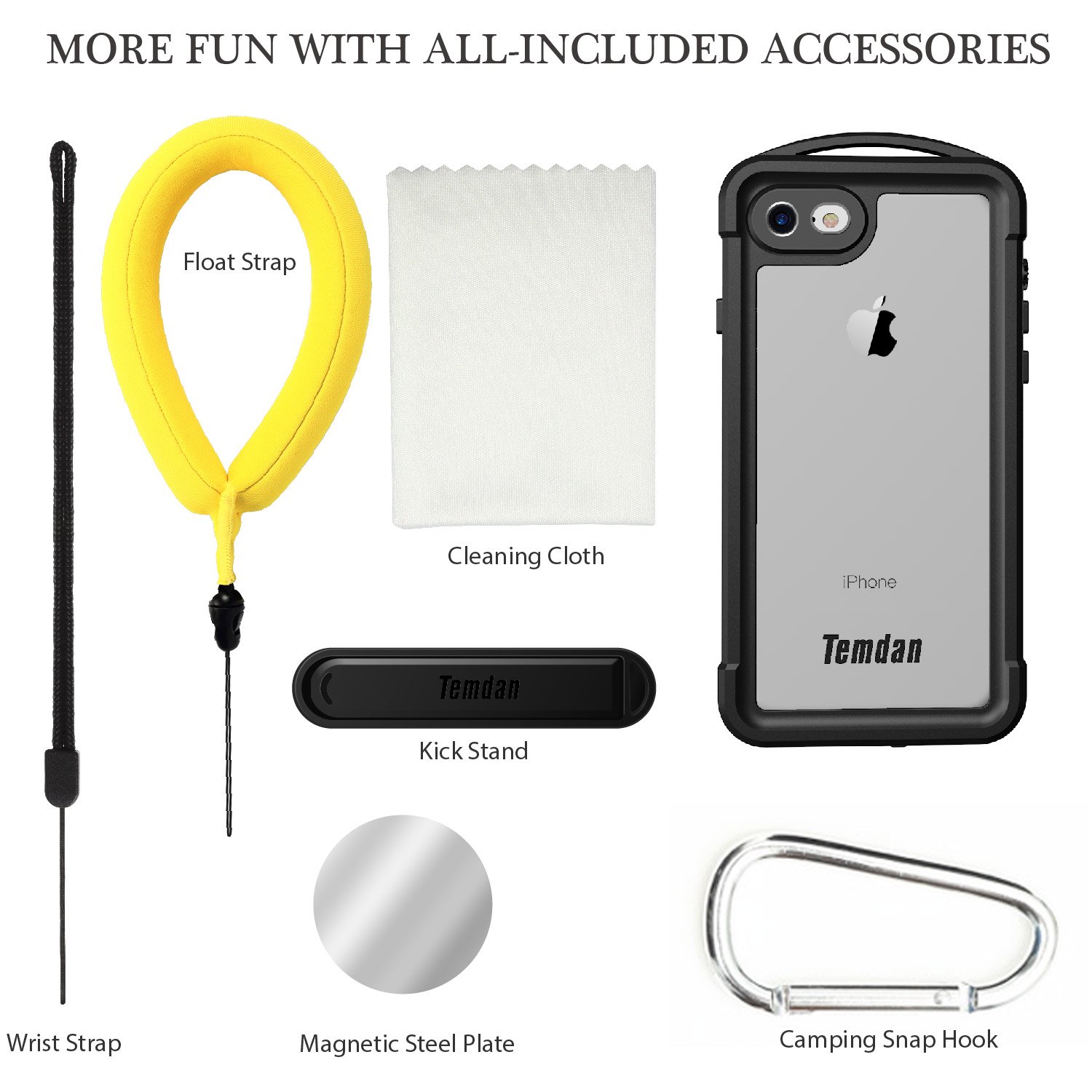

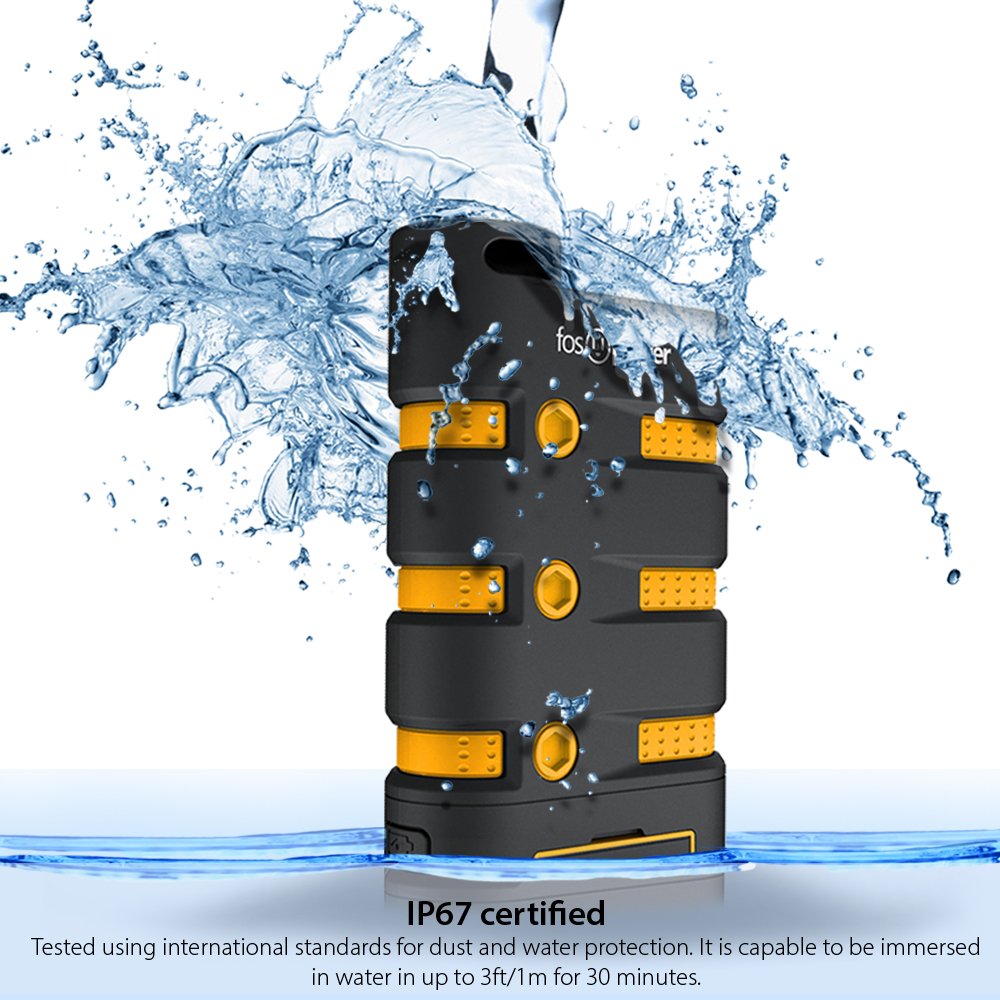
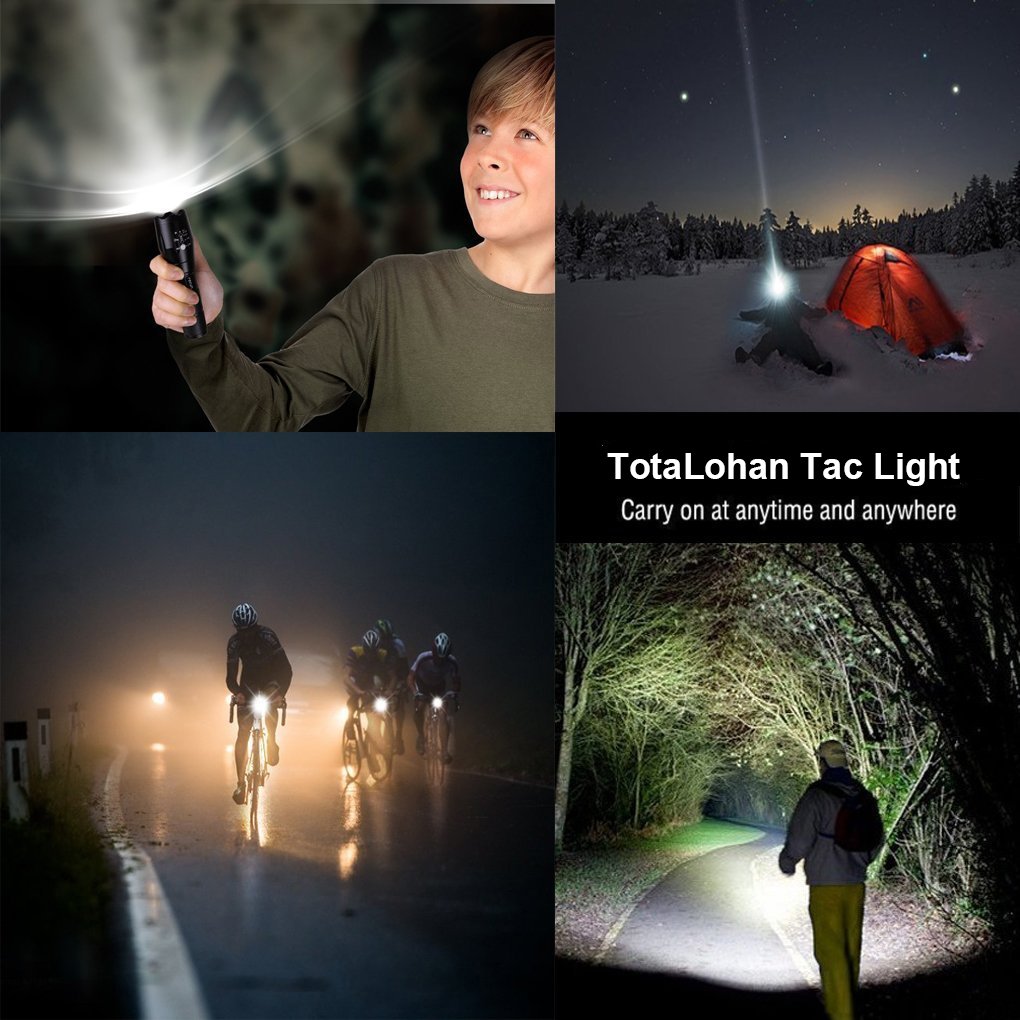
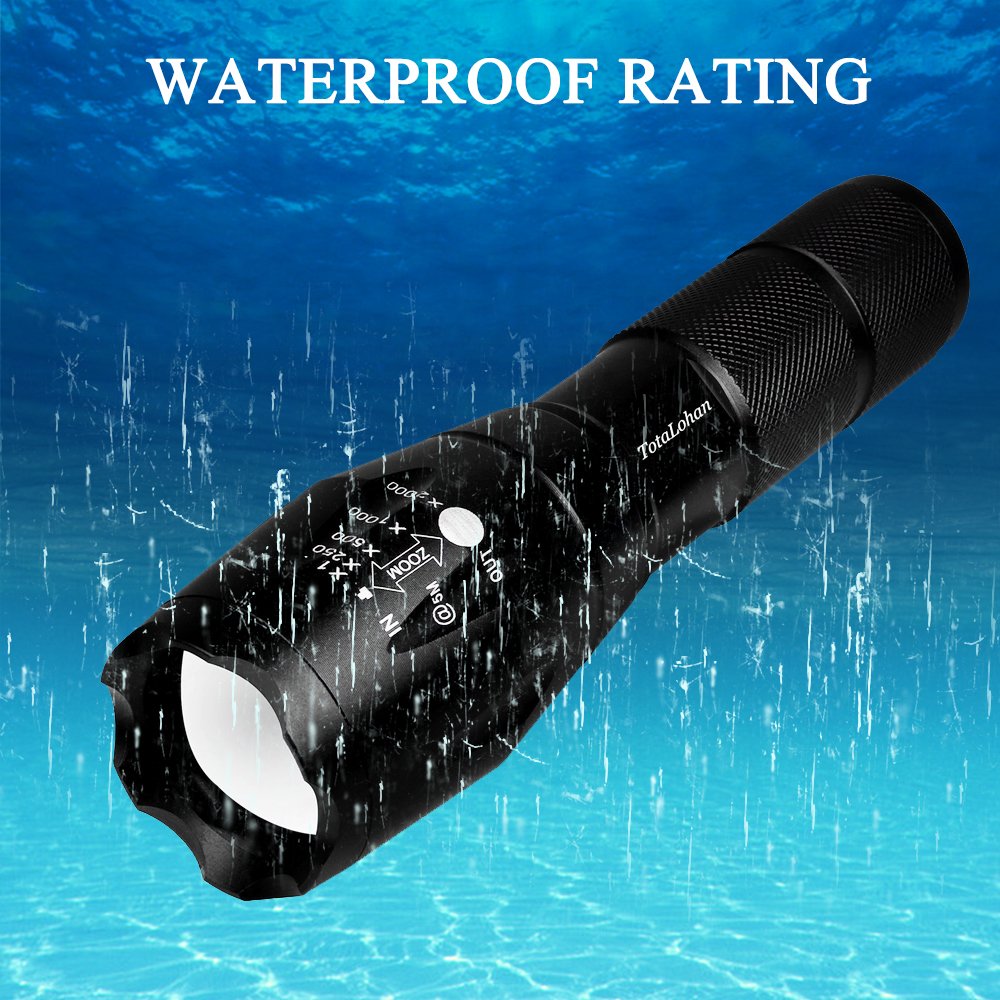

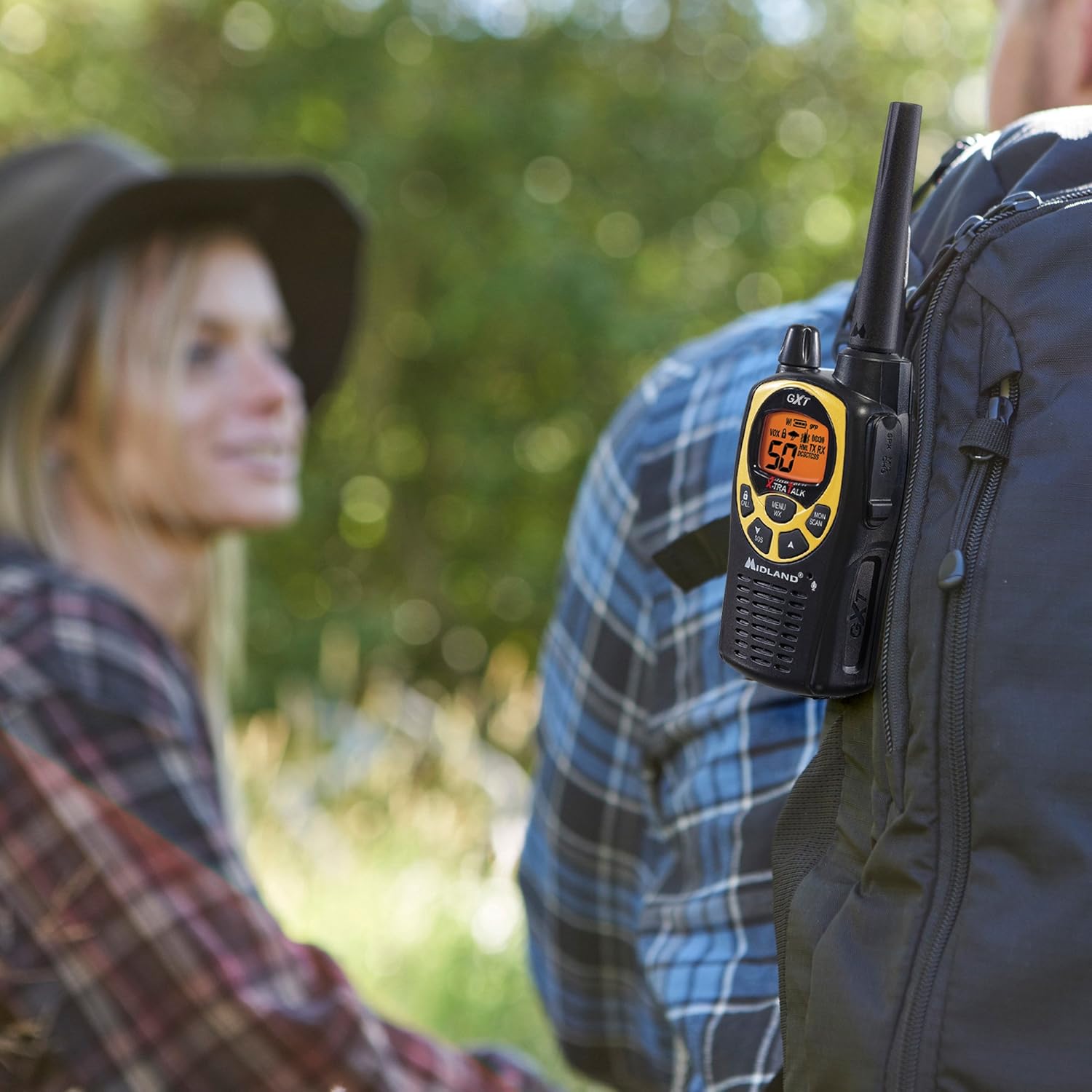
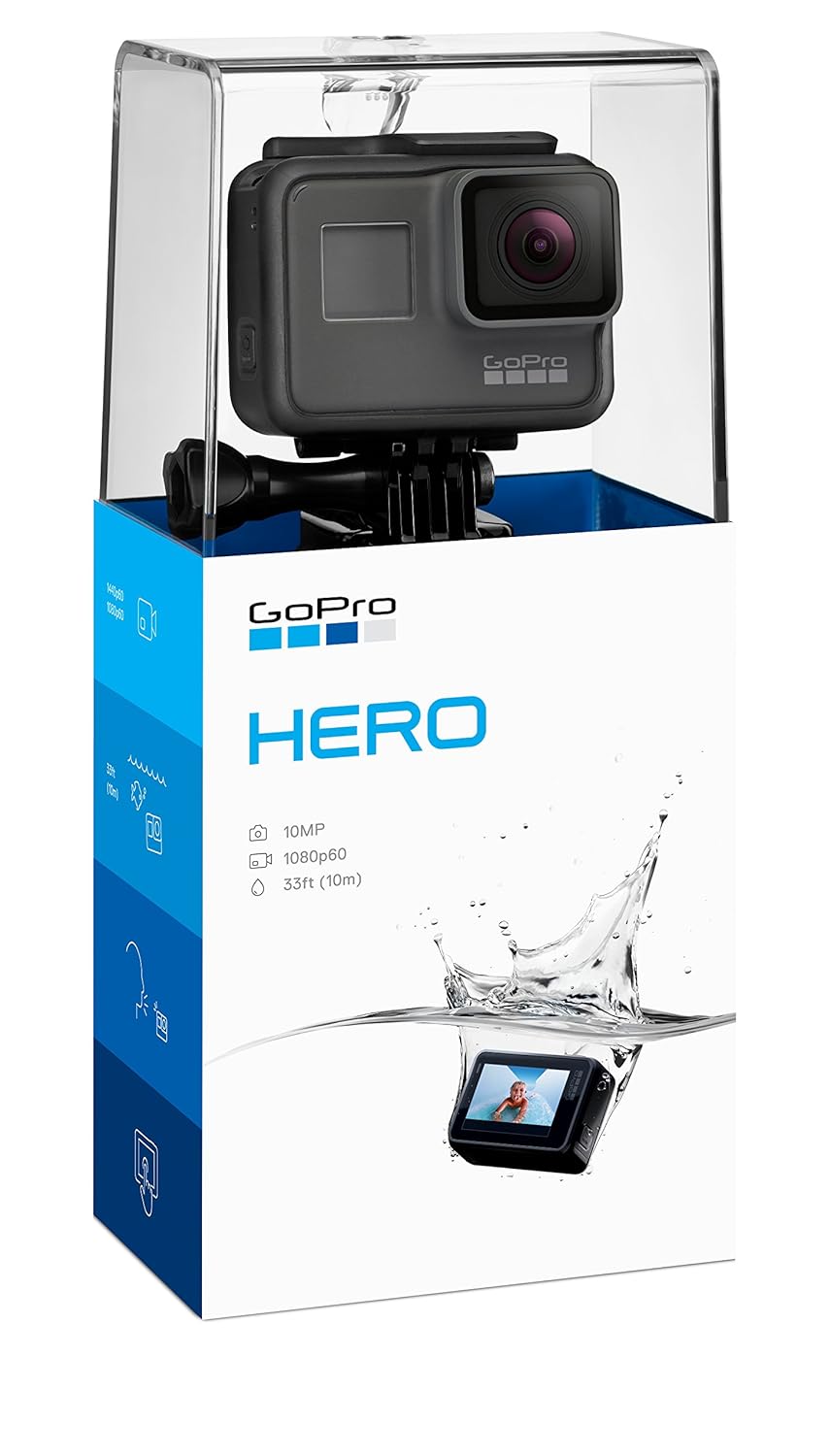
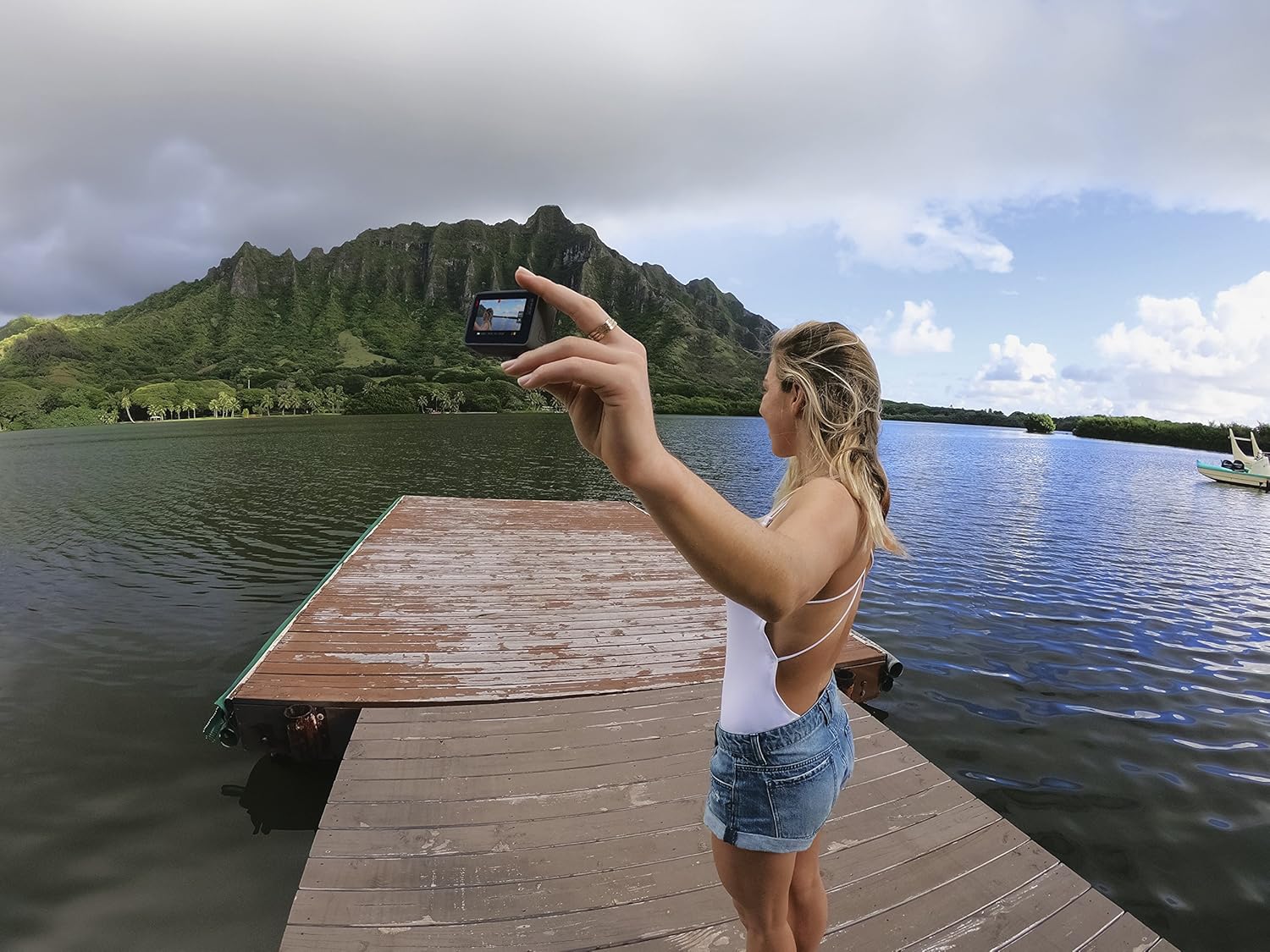

![[TODAY LIFE HACKS] Did you know, Doing this everyday!](https://blogger.googleusercontent.com/img/b/R29vZ2xl/AVvXsEif9vaAT1wA2MNkmdNMPcWKuiAgiZ9r32unNes6LMByIVR39o0SMkkY1eIluQzoFQFXZFkWc_fzRgYggtn6Tvwg_D7olPqGSamzm8tt0kMXOtuYeVIxZRO3Dcl8gB_nky0D_G-oT6PyA_EM/s72-c/54228801_869040650122496_379644623288532992_n.jpg)


No comments:
Post a Comment